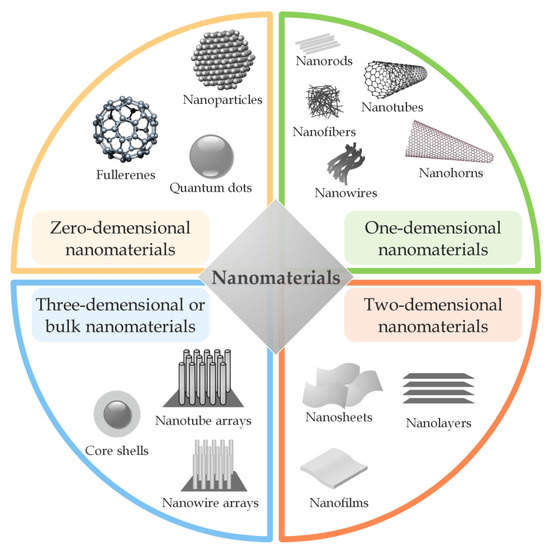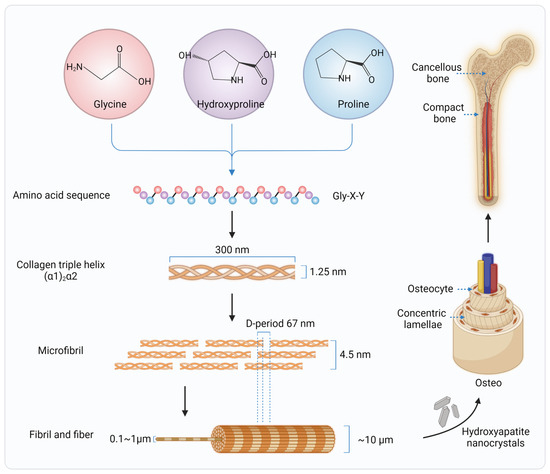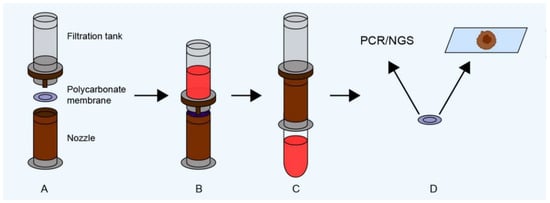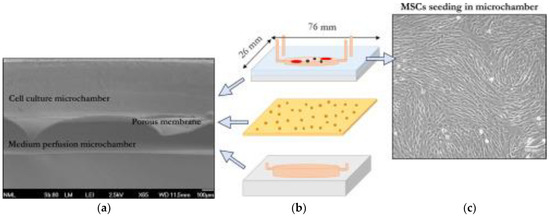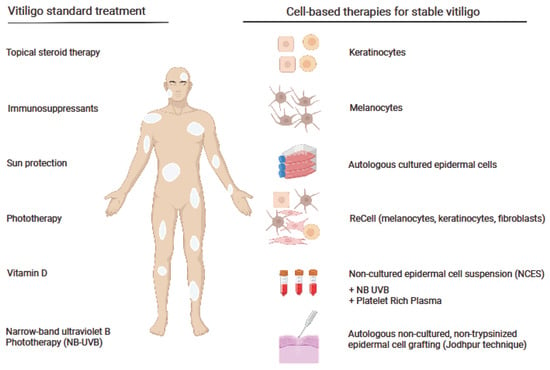1
Faculty of Chemistry and Chemical Engineering, University of Maribor, Smetanova Ulica 17, 2000 Maribor, Slovenia
2
Faculty of Medicine, University of Maribor, Taborska Ulica 8, 2000 Maribor, Slovenia
Int. J. Mol. Sci. 2023, 24(4), 3188; https://doi.org/10.3390/ijms24043188 - 6 Feb 2023
Cited by 80 | Viewed by 10595
Abstract
Biopolymeric nanoparticles are gaining importance as nanocarriers for various biomedical applications, enabling long-term and controlled release at the target site. Since they are promising delivery systems for various therapeutic agents and offer advantageous properties such as biodegradability, biocompatibility, non-toxicity, and stability compared to
[...] Read more.
Biopolymeric nanoparticles are gaining importance as nanocarriers for various biomedical applications, enabling long-term and controlled release at the target site. Since they are promising delivery systems for various therapeutic agents and offer advantageous properties such as biodegradability, biocompatibility, non-toxicity, and stability compared to various toxic metal nanoparticles, we decided to provide an overview on this topic. Therefore, the review focuses on the use of biopolymeric nanoparticles of animal, plant, algal, fungal, and bacterial origin as a sustainable material for potential use as drug delivery systems. A particular focus is on the encapsulation of many different therapeutic agents categorized as bioactive compounds, drugs, antibiotics, and other antimicrobial agents, extracts, and essential oils into protein- and polysaccharide-based nanocarriers. These show promising benefits for human health, especially for successful antimicrobial and anticancer activity. The review article, divided into protein-based and polysaccharide-based biopolymeric nanoparticles and further according to the origin of the biopolymer, enables the reader to select the appropriate biopolymeric nanoparticles more easily for the incorporation of the desired component. The latest research results from the last five years in the field of the successful production of biopolymeric nanoparticles loaded with various therapeutic agents for healthcare applications are included in this review.
Full article
(This article belongs to the Special Issue Functional Nanomaterials for Healthcare)
▼
Show Figures

